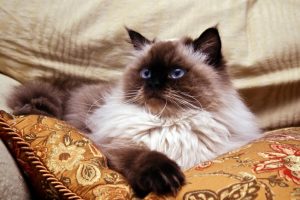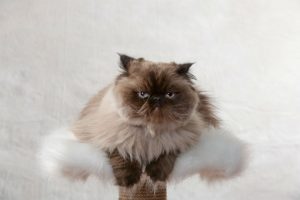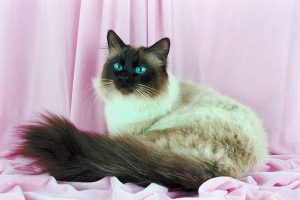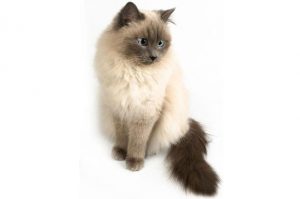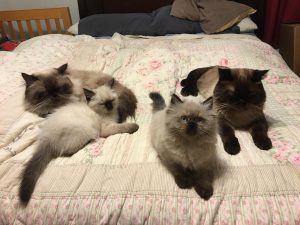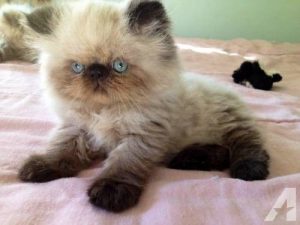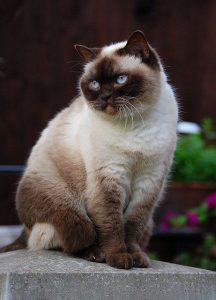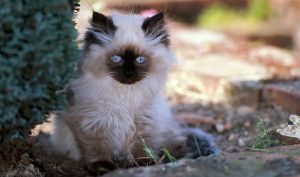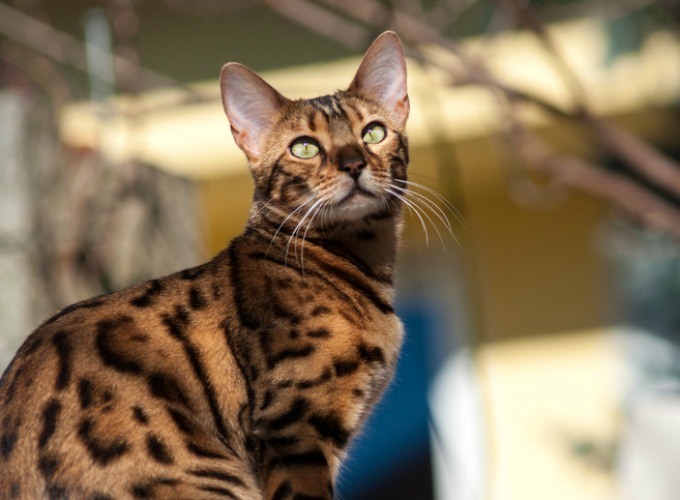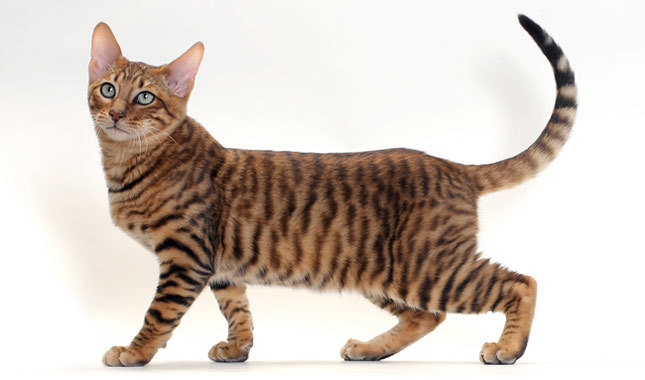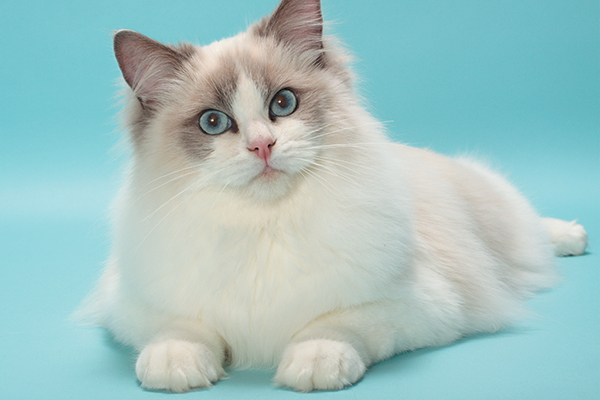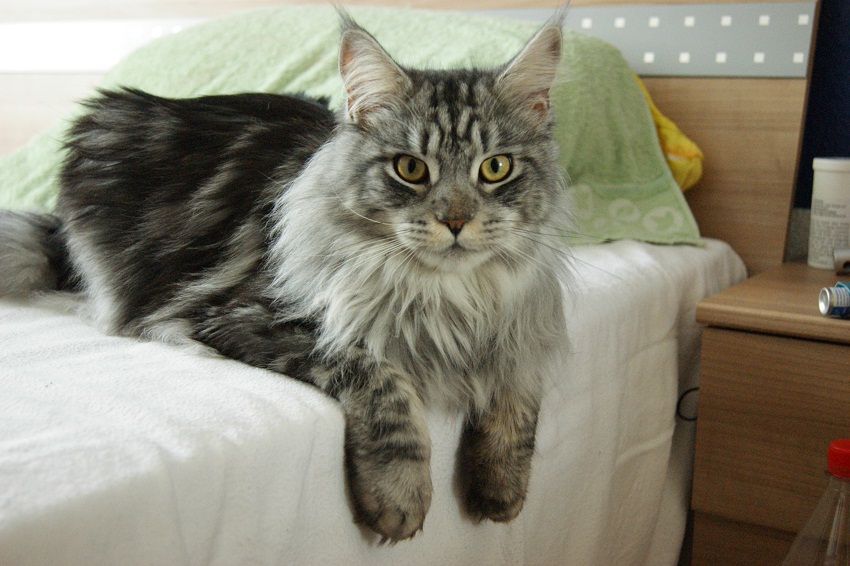The Himalayan Cat also known as the Colorpoint Persian or Himalayan Persian is almost a replica of the Persian cat, differing only regarding its point coloration and blue eyes that it might have derived from the Siamese. These gorgeous cats with their unique body appearance and sweet disposition make for a great family pet.
Quick Information
Physical Appearance & Size
| Body Type: | Medium |
| Physical Appearance: | Large, round head with a flat or smashed face (doll-like or peke-like); large, round, widely set eyes; small, low set ears, rounded at the tip; heavily boned; short, thick neck; thick legs; short, thick tail well-proportioned tail |
| Weight ( Size): | 7 TO 12 pounds |
Colors & Patterns
| Coat Type: | Long, thick, shiny, flowing, fine-textured |
| Color: | Chocolate, lilac, red, blue, seal, cream tortie, lilac lynx, chocolate lynx, |
| Eye Color: | Blue |
| Pattern: | Colorpoint, tabby, tortoiseshell, lynx |
Other Characteristics
| Other Names: | Colorpoint Persian, Himalayan Persian, Siamese-Persian (obsolete), Longhaired Colorpoint (obsolete) |
| Common Nicknames: | Himmy |
| Average lifespan/How long do they live: | 9 to 15 years |
| Behavioral Characteristics: | Docile, sweet, affectionate, intelligent, loving |
| Lap Cat: | Yes |
| Shedding ( Do they shed): | Minimal |
| Vocalization: | Moderate |
| Good with Children: | Yes provided they are friendly |
| Is it hypoallergenic: | No |
| Country (Where do they come from): | U.SA, U.K |
| Competitive Registration/ Qualification: | CFA, TICA, ACFA/CAA, AACE, CCA-AFC |
History
The development of the Himalayan cat began in 1931 as an experimental program was initiated by breeder Virginia Cobb as well as Clyde Keeler, a researcher at the Harvard Medical School. The crossing resulted in long-haired variations having the colorpoint pattern of the Siamese. The first kitten of Himalayan origin was named Newton’s Debutante, with more breeders during the 1950s in Canada and North America being interested in developing such breeds with a Persian-like appearance and Siamese pattern. In fact, following the same technique, they began crossing the Himalayans back to the Persian cats, with their offsprings being inbred to obtain the color point and blue-eyed features. One Mrs. Marguerita Goforth was instrumental in the breed’s recognition in North America by the Cat Fanciers Association in 1957. Since the CFA thought it to be not more than a variation of the Persian, she convinced them that the Himalayan was similar to the former but was a separate long hair breed altogether.
Besides the United States, the development of this breed was carried out in England too, where Brian Sterling-Webb initiated the program for more than ten years, requesting the GCCF to acknowledge it. His efforts paid off, and the breed obtained acceptance as a Longhaired Colorpoint in England.
However, in 1984, the Board of Directors of the CFA, again reclassified it as a variation of the Himalayan cat. The American Association as well as the International Cat Association also recognized them as a Persian cat variety. The American Cat Fanciers Association, Traditional Cat Association, and the American Association of Cat Enthusiasts classify them from the Persian.
Color description
Blue point- Feet, tail and face mask is of blue color.
Lilac point- A diluted version of blue with a whiter and brighter body shade than the blue color point.
Seal point- Seal brown shade on its points, with brown paw pads.
Chocolate point- Chocolate brown on the points and a pink paw pad.
Temperament and Personality
- Has a sweet, docile and quiet nature, emerging as a perfect companion cat.
- Are perfect lap cats, loving to be petted and cuddled by its family members.
- Prefers a calm and serene ambiance with minimum alteration in its living conditions.
- Are high attention seekers, even expressing their discontent through their meows and meaningful looks if they do not get their deserved share of care.
- Possesses a playful disposition enjoying fetching or even something simple like fiddling with scraps of crumpled paper.
- Bonds well with kids who are gentle enough to not bully it unnecessarily as well as cat-friendly dogs.
- Are sensitive to heat owing to their flat faces, preferring to live in cool environments.
Who is the Himalayan cat good for
- Households that are away from the daily hustle and bustle.
- Families who do not have to travel or change their living conditions too often.
- People desiring for a perfect lap cat to pet and cuddle.
- Those on the lookout for a quiet, gentle, no-nonsense feline who would not bring the house down with their mischievous antics of climbing cellars or cabinets.
Care
Hair care
The Himmy’s beautiful, long, thick, flowing coat needs regular brushing using a stainless steel comb or slicker brush to make it free from tangles and mats.
Bathing
Bathing it often is mostly suggested by experts as it helps in lessening the oil from its skin.
Eye care
Take care to wipe the region beneath its eyes as well as the corners to prevent staining or accumulation of any discharge, especially if your cat is prone to excessive tearing.
Ear care
Clean its ears on a regular basis using a damp cotton ball dipped in a vet-recommended cleanser.
Tooth care
Brush its teeth at least once a week to keep periodontal disease and other tooth problems at bay.
Nail care
Trim its nails whenever they get big to prevent any hazards.
Being a mixed breed, it is often prone to some of the genetic issues of both its parents. Some might suffer from polycystic kidney diseases that result in cyst formation in the kidney just as the Persian cat. Other probable ailments they may suffer from are breathing difficulty, eye problems such as cherry eyes, progressive retinal atrophy and entropion, excessive tearing, fungal infections and skin diseases like seborrhea oleosa (leading to redness, itchy skin and hair loss).
Training
These intelligent may have a laid back attitude but will certainly respond well to training. You can teach it a host of exciting tricks or gestures like to shake hands, give a kiss, fetch a toy, or raise its paw for a high five. Since it is fascinated with toys, lure it with its favorite plaything while teaching it a treat.
Feeding
Since these cats are not too interested in exercising themselves, it is essential to provide them with a controlled and measured diet comprising of high-quality cat food, alongside foods containing sufficient amount of nutrients. Since they have flat faces just as the Persian cats, feed them in big bowls so that they may eat conveniently.
Interesting Facts
- In movies like Homeward Bound the Incredible Journey as well as Homeward Bound II: Lost in San Francisco, this breed appears to be one of the prime characters.
- American business women Martha Stewart has three Himalayans who have taken the name of famous composers Beethoven, Bartok, and Mozart, also featuring in one of her commercials and magazine cover.
- Colonel Meow, a Himalayan had its name registered in the Guinness World Records in 2014 on account of having the longest fur.

